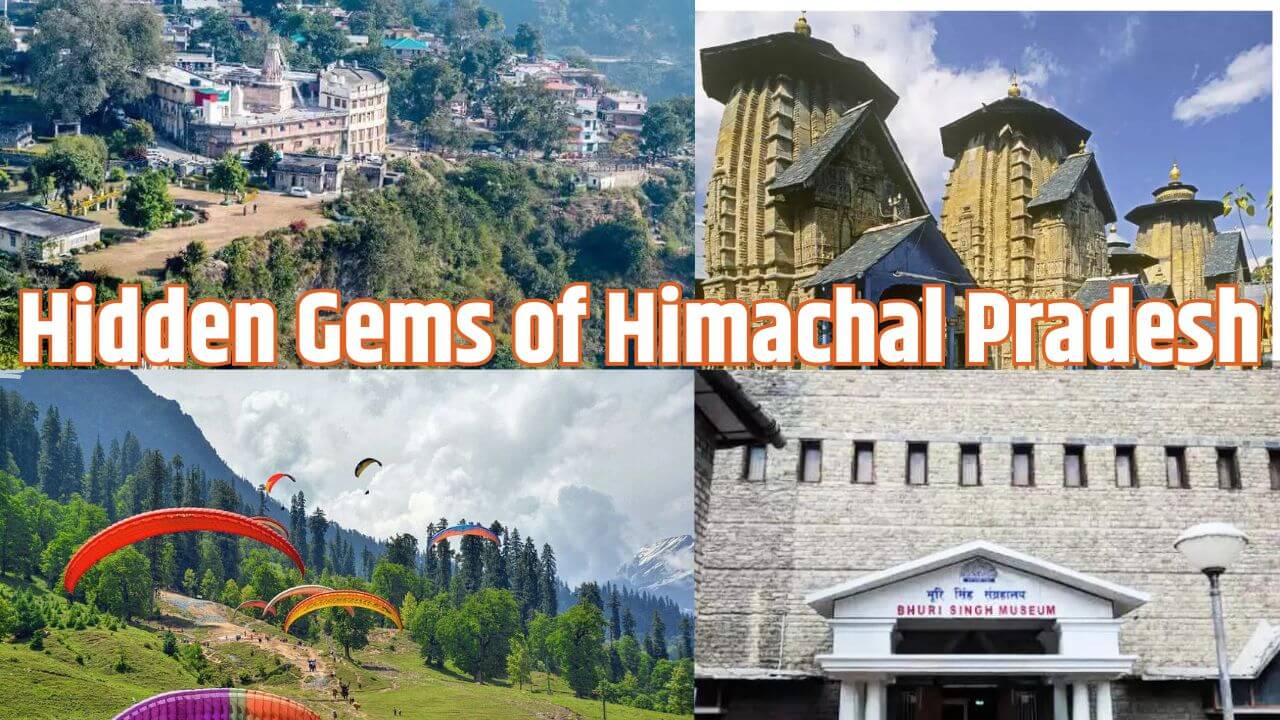Himachal Pradesh is renowned for its breathtaking beauty, and if you’re planning a holiday to this region, make sure to include a visit to the charming village of Chamba. This small yet beautiful hill station is not just famous for its natural beauty but also for its architectural wonders.
From Laxmi Narayana Temple to Khajjiar, Must-Visit Places in Chamba, Himachal Pradesh
When it comes to holidays, most people pack their bags for the well-known destinations like Kasol and Manali. However, Himachal Pradesh has more to offer than these popular spots. One such hidden gem is the city of Chamba, a beautiful town that will steal your heart with its tranquility and picturesque surroundings.
Chamba, situated on the banks of the Ravi River at an elevation of 1,006 meters above sea level, is not just about natural beauty; it is also home to various ancient and exquisite architectural marvels. Exploring Chamba is essential to complete your journey through Himachal Pradesh.
Khajjiar, The Lake of Heaven
Khajjiar is a stunning lake and one of Himachal Pradesh’s most magnificent attractions. The best time to visit the Khajjiar Lake is between February and April when the weather is exceptionally pleasant. If you seek solitude away from urban life, Khajjiar Lake is the perfect destination for you. One of the main attractions here is the ‘Floating Island,’ which draws visitors from far and wide.
Kalatop Wildlife Sanctuary, A Nature Lover’s Paradise
Situated between Khajjiar and Dalhousie, the Kalatop Wildlife Sanctuary is Himachal Pradesh’s most famous sanctuary. If you have a penchant for trekking, the journey through nature to the sanctuary is an experience like no other. Here, you can spot fascinating wildlife such as Himalayan black bears, langurs, serow, tahr, Himalayan black martens, deer, and bears.
Chamunda Devi Temple, A Spiritual Retreat
Located 15 kilometers from Dharamshala, the Chamunda Devi Temple is one of the best places to visit in Chamba. Situated on the banks of the Baner River, this temple holds deep significance for Hindus. Constructed entirely of wood in 1762 by Raja Umed Singh, the Chamunda Devi Temple is a testament to the strong faith of the local people.
Bhuri Singh Museum, Preserving Art and History
The Bhuri Singh Museum stands not only as a significant tourist spot in Chamba but also as a prominent attraction in the entire Himachal Pradesh. Housing a vast collection of artifacts, including costumes, weapons, coins, royal jewelry, rare paintings, Sharda scripts, intricate doors, copper plates, musical instruments, and Guler-Kangra paintings, this museum offers a glimpse into Chamba’s rich cultural heritage. Open every day except Monday, the museum is a perfect place for art and history enthusiasts.
Laxmi Narayana Temple, Ancient Marvel of Chamba
The Laxmi Narayana Temple, dating back to the 11th century, is the oldest temple in Chamba. Built by Raja Sahil Varman, the main idol of Lord Vishnu, crafted from rare marble found in the Vindhyas, adds to the temple’s allure. The temple opens twice a day, from 6 am to 12:30 pm and from 2:30 pm to 8:30 pm.
How to Reach Chamba
For those traveling by air, the nearest airport is in Pathankot, approximately 120 kilometers away from Chamba. Taxis are readily available from Pathankot to reach Chamba. If you prefer train travel, Pathankot is the nearest railway station, and regular trains connect it to major cities like New Delhi. Himachal Pradesh has an extensive road network, with Chamba well-connected to Shimla, Solan, Kangra, Dharamshala, and Pathankot. State and private buses operate efficiently, providing excellent transportation options.
Chamba is a hidden paradise in Himachal Pradesh that promises not only natural beauty but also a deep dive into the rich culture and history of the region. Exploring beyond the popular destinations of Kasol and Manali will reward you with the serene landscapes and architectural wonders that make Chamba a must-visit on your Himachal Pradesh itinerary.
